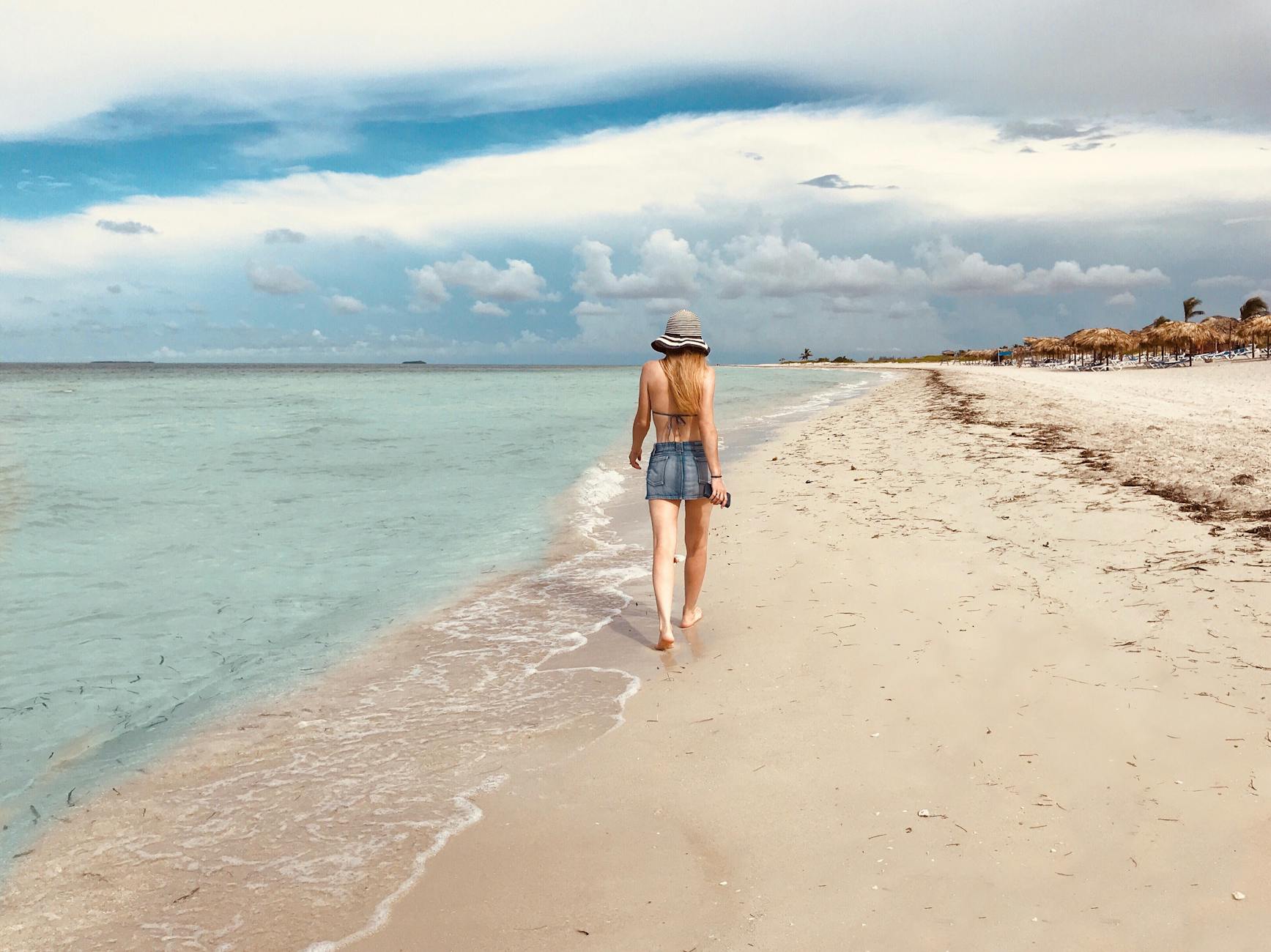Can Marine Tourism in Australia Support Oceanic Conservation Efforts?

Marine Tourism in Australia
As an oceanographer based in Sydney, I'm reminded of the unparalleled beauty found beneath the waters surrounding our city. Just like the awe-inspiring exhibits at Sydney's Taronga Zoo, the marine tourism landscape here is rich with opportunities for discovery. Australia hosts an array of marine ecosystems that rival the magic you'd find on Machu Picchu tours. Whether you're navigating the waters near the Great Barrier Reef or exploring the depths of Sydney's own coastline, the biodiversity that thrives here is simply remarkable.
As you dive into these vibrant habitats, consider the ecological roles these creatures play in maintaining the delicate balance underwater. The colourful corals and varied marine life aren't just beautiful—they're crucial to the health of our oceans. Engaging in South America tours might offer perspective shifts that are key in understanding the interactions between different lifeforms in these environments.
When you're visiting these natural gems, it’s essential to be aware of their ecological importance. The seagrass meadows and coral formations, like those found near Bondi Beach, act as vital carbon sinks, playing a role in mitigating climate change. As global travellers, we hold the responsibility to advocate for sustainable practices that protect these ecosystems. Let the inspiration we draw from these encounters push us to support conservation efforts and ensure future generations can witness these landscapes in their unspoiled glory.
Conservation Challenges
Environmental Threats
Navigating the delicate balance between marine tourism and environmental conservation can be a tightrope walk. For many of us who cherish the rich biodiversity found in our oceanic travels, it's alarming to observe the subtle yet persistent threats posed by mass tourism. While popular destinations like Sydney's Taronga Zoo and the fascinating marine exhibits provide education, excessive human activity can disturb fragile ecosystems.
Over-Tourism Impacts
Sydney's Bondi Beach is a testament to how beloved coastal sites can become victims of their own popularity. Over-tourism here can lead to coastal erosion, litter, and disturbances to marine life. The sheer volume of human activity might seem harmless at first, yet its cumulative effects can often overwhelm the carrying capacity of these natural habitats. When it comes to exotic Arctic cruises or even Cuba travel, ensuring the delicate balance of these ecosystems requires more than just limiting numbers—it demands a shift in how we operate and perceive tourism.
Regulatory Gaps
Regulatory frameworks often struggle to keep pace with the growing numbers of global travelers. There are gaps in our conservation policies, which often leave pristine areas vulnerable to damage. This calls for a more refined regulatory approach, ensuring every visitor contributes positively to conservation efforts rather than detracting from them. More robust standards and enforceable guidelines are essential to protect these precious marine ecosystems, especially as the demand for unique travel experiences like arctic and Cuban adventures increases. By addressing these challenges collectively, we can foster a new generation of environmentally conscious travelers.
Sustainable Practices
Eco-Friendly Tours
In the realm of sustainable travel, eco-friendly tours are vital for protecting our treasured marine habitats. Take, for example, the enchanting Galapagos cruise where operators emphasise responsible wildlife encounters. These tours are designed to minimise footprint, ensuring that the pristine ecosystems remain undisturbed for future generations. The approach aligns with what you might observe at Sydney's Taronga Zoo with its marine exhibits, where the emphasis is on conservation and education. For a similar commitment, Cuba tours offer guided excursions that highlight the island's rich biodiversity while promoting conservation awareness.
Community Involvement
Community involvement is the cornerstone of sustainable tourism. By engaging local communities, tours can bring shared benefits and foster a co-operative approach to conservation. This strategy is akin to initiatives around Bondi Beach, where local stakeholders and volunteers collaborate to preserve coastal ecosystems. Such active partnerships ensure that conservation efforts are truly inclusive, promoting sustainable livelihoods while protecting the natural heritage.
Promoting Education
Education plays a pivotal role in fostering sustainable tourism practices. It's not just about seeing; it's about understanding. When tourists embark on these knowledgeable journeys, much like the information shared at marine research facilities around Manly, they return home as advocates for the cause. Educational components in tours offer insights into the ecological significance of these habitats, encouraging responsible travel behaviors and amplifying the message of environmental stewardship.
Funding Initiatives
Navigating desirable tourist destinations offers unique opportunities for conservation funding, which can directly benefit ecological preservation. In destinations like the Galapagos Islands, experts often lead Galapagos Islands tours that prioritize environmental protection. A portion of the generated revenue usually supports local conservation projects, ensuring the safeguarding of these ecosystems.
Creative Financial Strategies
Successful marine protection often necessitates inventive approaches to financial resources:
-
Tourism Levies: A small eco-tax collected from visitors can be allocated directly to conservation initiatives.
-
Collaborative Grants: Partnering with international conservation bodies to secure funding for enhanced ecosystem management.
-
Local Enterprise Support: Encouraging sustainable tourism operators boosts local economies while funding preservation efforts.
Real-World Examples
Consider Antarctica cruises tailored for eco-conscious travelers. These voyages often contribute to research stations by funding scientific endeavors, ultimately enriching our understanding of climate impacts on these crucial ecosystems.
A key example involves enhancing contributions to Sydney's Taronga Zoo, which already embraces its connection to marine life through focused research and educational tours. By dedicating resources from travel-related income, we can further protect regions offering unparalleled ecological value. Through well-crafted funding structures, threatened habitats can receive the care they deserve, empowering positive change and sustainable tourism experiences.
Effective Strategies
Collaborating with Local Communities
When I think of Sydney's vibrant marine life, I'm reminded of the importance of partnering with locals to protect this precious ecosystem. Engaging communities that live near marine habitats is essential. These individuals often have ancestral ties to the land and waters, understanding their rhythms and needs better than any study can capture. By collaborating with them, we can develop strategies that ensure the preservation of our marine heritage while improving local livelihoods. Involving indigenous communities and local stakeholders in initiatives from Bondi Beach to Manly is key.
Managing Tourist Influx
Equally vital is implementing measures to limit tourist numbers to protect pristine areas. Sydney alone attracts a multitude of visitors keen to explore its natural wonders, from the marine exhibits at Taronga Zoo to the enthralling coastlines. Over-tourism can strain the delicate balance of marine ecosystems, causing irreversible damage. Hence, setting quotas and time limits for visits, particularly during peak seasons, can substantially mitigate these impacts. These strategies ensure that our beloved sites remain intact for future generations.
Continuous Ecosystem Monitoring
Moreover, marine conservation thrives on ongoing monitoring and research, key endeavours undertaken at facilities around Manly. Regularly assessing the health of oceanic environments allows us to adapt and refine conservation techniques in response to emerging threats. By maintaining a vigilant watch on our marine ecosystems and involving institutions in Sydneyside, we amplify our efforts to enact effective protection measures.
Together, these practices empower us to safeguard Sydney's marine environments, ensuring that these wonders persist for generations to come. Marine conservation isn't just a task; it's a shared responsibility that honours the interconnectedness of life beneath the waves.


